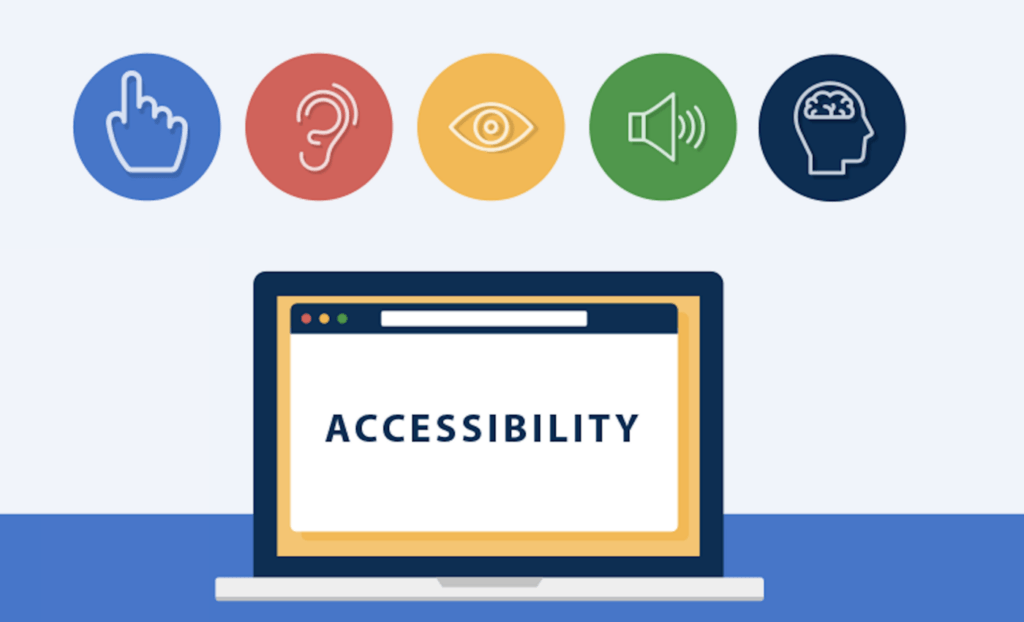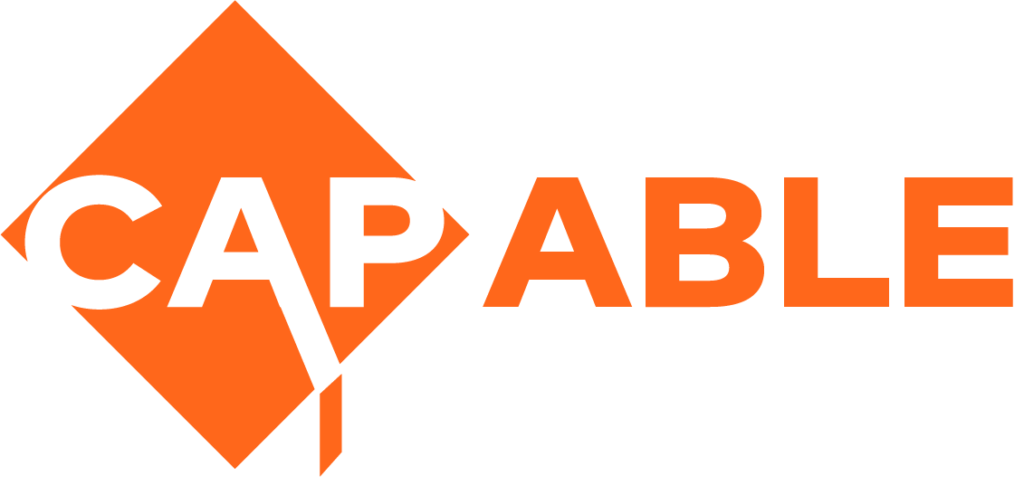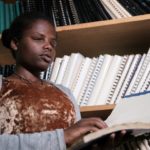Web Accessibility
“The power of the Web is in its universality.
Access by everyone regardless of disability is an essential aspect.”
Tim Berners-Lee,
W3C Director and inventor of the World Wide Web

Websites, Learning Management Systems, online Libraries and any information distributed through the internet needs to be easy to use for everyone including learners with disabilities. When web accessibility guidelines and best coding practices are not followed then whole or parts of the websites become inaccessible to users with one or more disabilities.
For example:
- When photographs, charts and graphs do not have textual descriptions, visually impaired learners lose out on important information.
- When some parts of the website such as drop down menus can be accessed only using the mouse then many learners with physical and visual disabilities are not able to access that part of the website.
- Small text, low colour contrast, decorative fonts can create difficulties for learners with weak eyesight and reading differences such as dyslexia.
Web accessibility affects all disability categories including auditory, cognitive, neurological, physical, speech and visual.
The International Web Content Accessibility Guidelines define how the websites should be created. Ample guidance is available online for testing websites and fixing accessibility barriers. Websites developed or procured by education institutions should aim to conform to WCAG 2.1 Level AA to ensure that all learners with disabilities do not face any barrier in accessing the websites and have an experience equal to others.
- For an introduction to accessibility requirements and international standards, see Accessibility Principles.
- For some basic considerations on designing, writing, and developing for accessibility, see Tips for Getting Started.
- When you’re ready to know more about developing and designing, you’ll probably use resources such as:
- How to Meet WCAG (Quick Reference)
- Web Accessibility Tutorials






